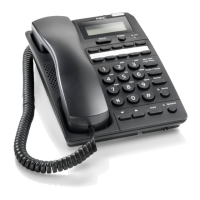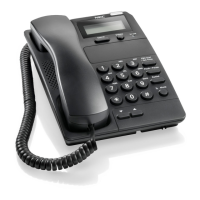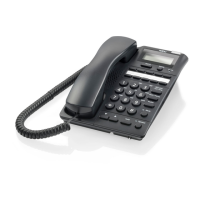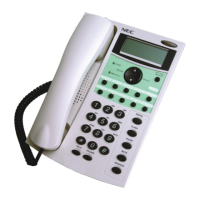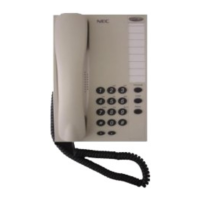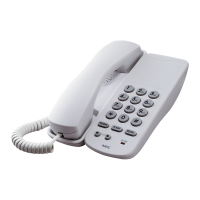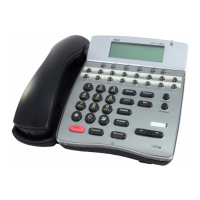How to fix NEC AT-55 when I cannot be heard?
- YYvette StricklandAug 4, 2025
If you cannot be heard when using your NEC Telephone, ensure that both the phone cord and the handset curly cord are securely plugged in. Also, check to make sure the MUTE key LED is off.
